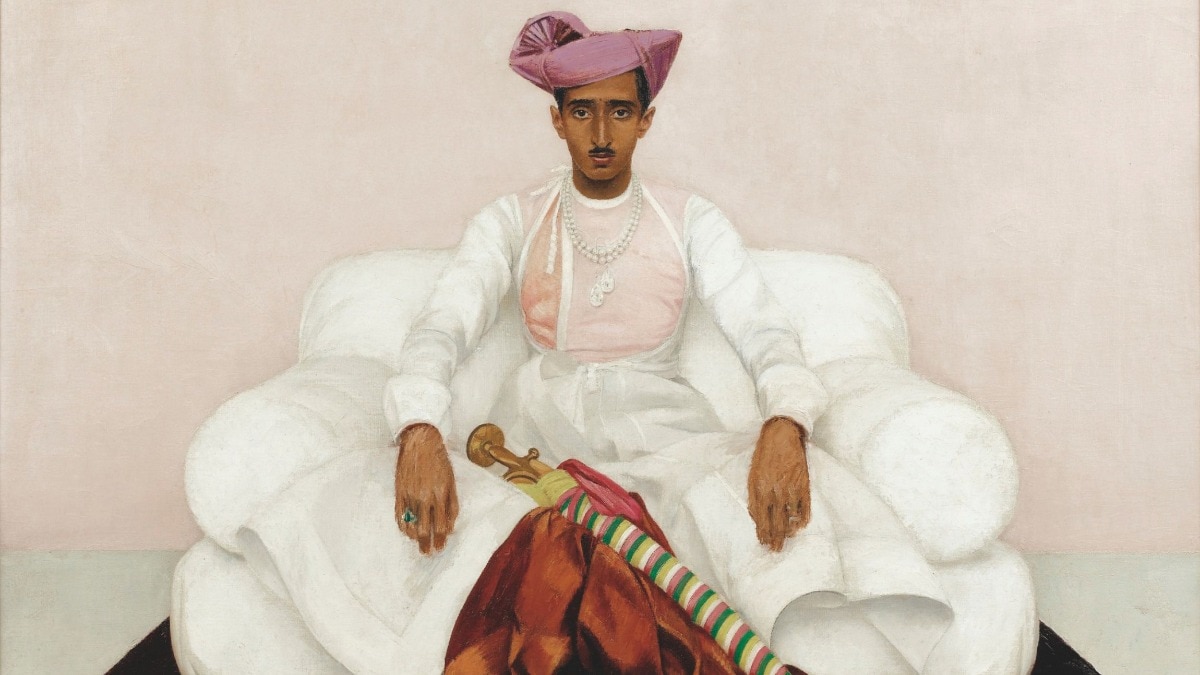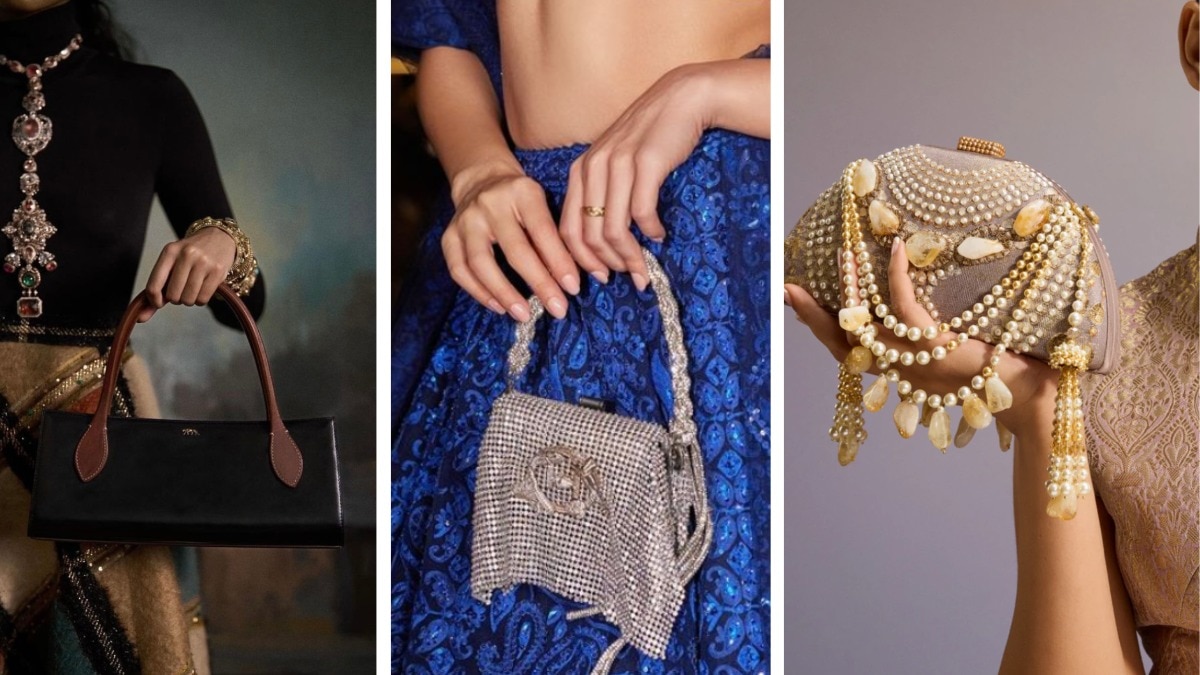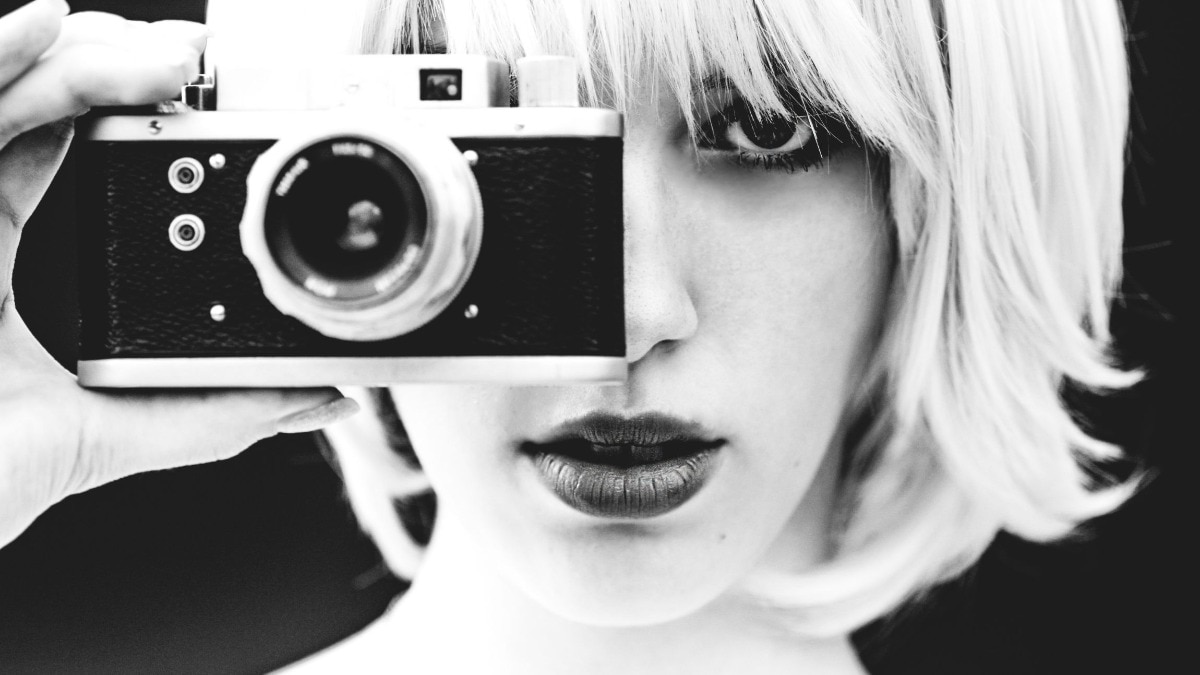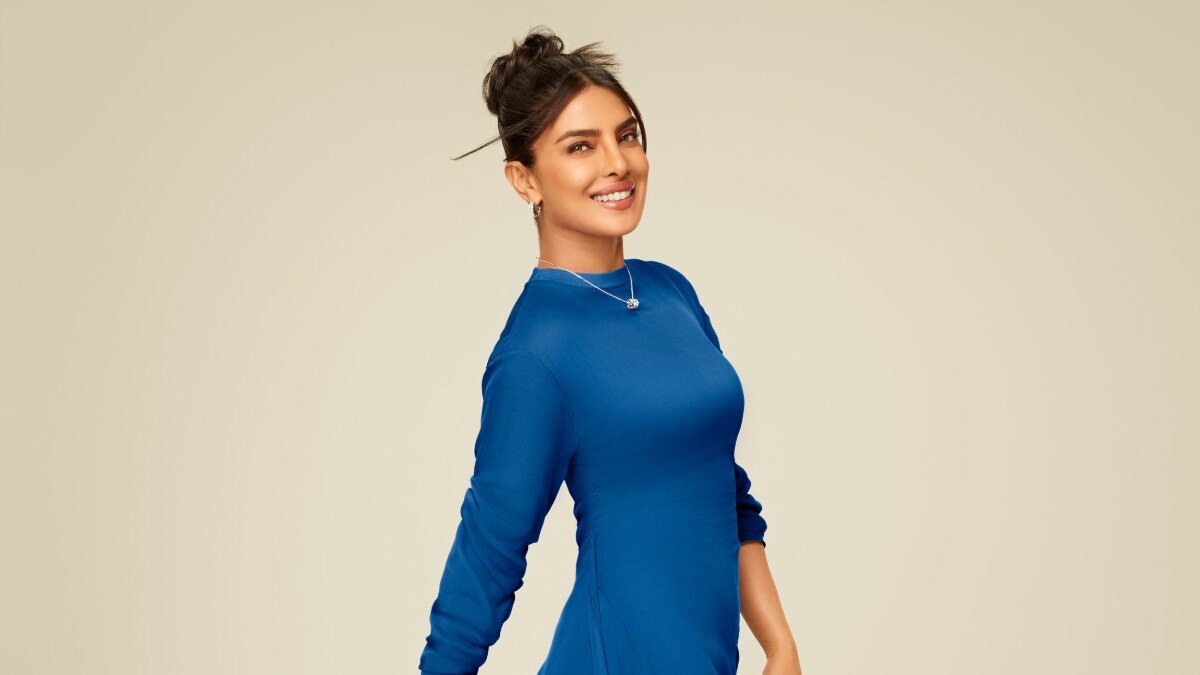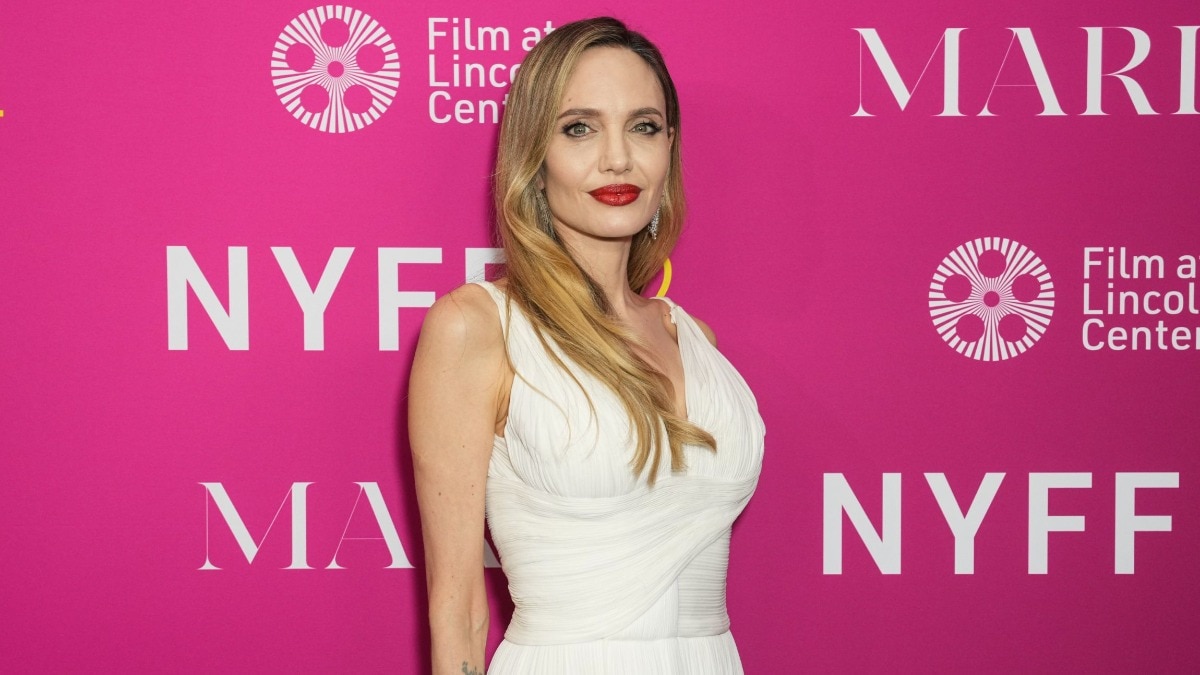
How a crop of homegrown designers are reimagining the craft for a contemporary audience
A fresh take on couture served on a platter.


Couture in India melds luxury with the nation’s rich cultural heritage. Beyond its role in fashion, couture is a vital force in maintaining the art of handcrafting, standing in stark contrast of prioritising speed over quality. Couture in its simplest form means high sewing or high dressmaking. It is about pushing boundaries of creativity using the finest materials to create wearable art. “Couture, to me, is meticulous craftsmanship and bespoke tailoring,” says Amit Aggarwal, the designer who received a lot of admiration for his latest presentation at the India Couture Week in Delhi. “In India, couture is often associated with special occasions. It remains relevant today due to its emphasis on personalisation and artistry. So anything created to evoke emotion, inspire creativity, and transcend the conventional, is couture.”

Celebrating the artistic excellence inherent in our roots is a key goal for most couturiers in our country. Last month, the 17th edition of the India Couture Week and a few other collections showcased by independent designers were prime examples of this endeavour.
HOMAGE TO INDIAN HANDLOOM

Designers Falguni Shane Peacock and Anita Dongre collaborated with homegrown handloom brands, creating couture that showcased the beauty and intricacy of traditional crafts. Dongre’s F/W ’24 collection, titled Raahi, featured styles like Gota Patti, Badla, and Pichhwai. The label’s collaboration with a women-led cluster, SEWA, was a result of Dongre’s desire to empower the women artisans. “It’s our responsibility as designers to ensure the continued existence of these exquisite crafts that are our cultural legacy. It’s heartwarming to see these women gain respect in their families and communities as a result of being economically empowered,” shares Dongre. Falguni Shane Peacock X Swadesh (an initiative by Nita Ambani and the Reliance Foundation) presented a capsule collection, called ‘Rang Mahal’, that celebrated Indian textiles and crafts like Kanjivaram silks, Banarasi brocade, and Chikankari, highlighting the skills of indigenous weavers.
PIONEERING FUTURISTIC DESIGNS

Designers Gaurav Gupta and Amit Aggarwal—both have elevated India’s fashion reputation on the global stage—once again infused their futuristic vision into couture. Gupta’s collection, Arunodaya, drew inspiration from the mystical transition of night into day. The range of soft to dark colours, fabrics, Gupta’s signature sculpting art, futuristic elements such as metallic breastplates were perfect examples of innovation in design. Aggarwal, on the other hand, explored the concept of time in his collection, Antevorta, named after the Greek goddess of future. Time is an enigmatic force and nothing exists outside of its influence. The womb-like structure, which was the showstopper outfit, was a creation like never before. The overall theme was beautifully brought out with the innovative materials, headgears, techniques, and labour-intensive processes involved.

BONDING WITH NATURE
Designers Rahul Mishra, Kunal Rawal, Isha Jajodia, and Dolly J took to nature’s eternal beauty and spirituality. Nargis by Mishra was a poetic exploration of his bond with nature. Motifs like peacocks, pomegranate flowers, and peonies were embroidered on the ensembles with Aari thread work and Nakshi Pita methods. Rawal’s work embodied an androgynous spirit, weaving together silks, brocades, and Ikkat. The backdrop of blooming forests, and statement accessories, such as a silver hardcover bag adorned with jasmine flowers, ear cuffs, and boots, perfectly captured the theme. Jajodia channelled the romantic aspect of nature into her collection. The designs, inspired by French architecture, were a modern take on bridal couture. Dolly J’s haute couture collection, La Vie En Rose, put on display an array of shimmering fabrics, including iridescent tissues, tulle, and silk organza. Each piece was delicately enhanced with lace and floral motifs, transporting viewers to a fairy-tale ambience.
AN EXTENSION OF THE BODY

Tarun Tahiliani, Rimzim Dadu, and Abu Jani and Sandeep Khosla blurred the lines between the garment and human identity. For Tahiliani, creating couture that feels comfortable on skin is crucial. The intricately draped saris, structured bodice, risqué yet elegant bodysuits, were truly ‘otherworldly’. The incorporation of crafts, like Kashidakari and Mukaish, defined the soul of the collection.
Dadu’s designs were a tactile experience, where the richly detailed garment—in her signature metallic yarn and steel wires—did not overshadow the wearer’s natural form. The innovative styling with bejewelled stockings, fringe footwear, and bespoke bags contributed to the appeal.
Abu Jani and Sandeep Khosla aimed literally for the stars with resham embroidery and mirror work in their collection. Each piece was designed with an understanding of how the fabric should interact with the body—flowing, draping, and contouring to feel like an extension of the skin.
POETIC CELEBRATION

Designers Jayanti Reddy, JJ Valaya, Monica and Karishma weaved culture and history in their collections like a poem. Featuring approximately 40 looks, Reddy’s collection was a blend of heritage textiles and antique motifs, paying tribute to Hyderabad’s royal past. Valaya’s collection, Muraqqa, explored different expressions inspired by the geometry of Art Deco lines from Istanbul, Persian carpets and miniature paintings from Isfahan, and Mughal inlays intertwined with Delhi’s flora and fauna of that time. Jade by Monica and Karishma presented its bridal collection at the iconic Travancore House in Delhi. The creations offered a poetic celebration of love and individuality. Featuring ensembles in midnight blue, silver, pinks, reds, and gold, the collection included intricate craftsmanship— Ek Taar and Zari work on velvet and Banarasi silk. “Our collection is a celebration of the bride’s journey, her strength, beauty, and individuality,” says Monica Shah.
LARGER THAN LIFE

Siddhartha Tytler, Shantnu & Nikhil, Shivan & Narresh, and Suneet Varma—each of these designers delivered a visual feast that celebrated the beauty of life. Tytler’s Caligula Feast, inspired by Roman emperor Gaius Caesar Augustus Germanicus, was indulgence in its purest form. The jewel tones and embellished outfits—ranging from lehengas to corsets—exuded a larger-than-life appeal.
Shivan & Narresh were inspired by the artistic vision of Hilma Af Klint (a painter in Stockholm). Couture techniques, such as textile appliqué, hand-crocheted silk, and 3D beadwork, lent an extraordinary viewing experience. The menswear pushed boundaries with draped lungi skirts, statement bags, and bold accents like zebra-print brows and butter-yellow eye make-up. Shantnu & Nikhil’s Studio Mix transported the audience back to the 1970s, reinterpreting the era’s bold prints and eccentric designs. The collection featured gowns, bandanas, sunglasses, and frilled shirts for men. Varma’s collection Nazm was an ode to Indian music, cinema, and theatre. Off-shoulder blouses, draped skirts with capes, and ruffled organza shirts paired with high-waisted palazzo pants impressed the audience.

All images: The brands
This article first appeared in Harper's Bazaar India, September 2024, print issue.
Also read: Breaking Barriers: Manish Malhotra makes history as the first Indian designer to showcase at Harrods
Also read: Treasury of Trousseau 2024—from fashion showcases to masterclasses



